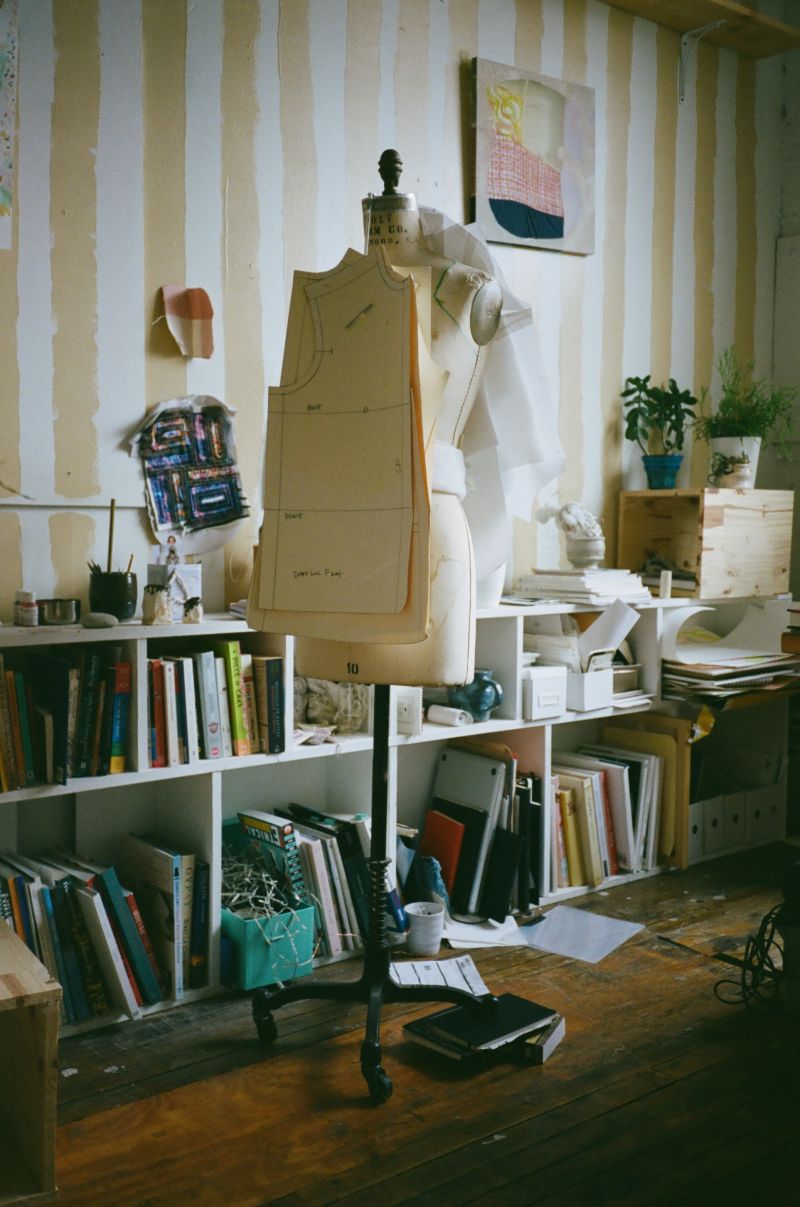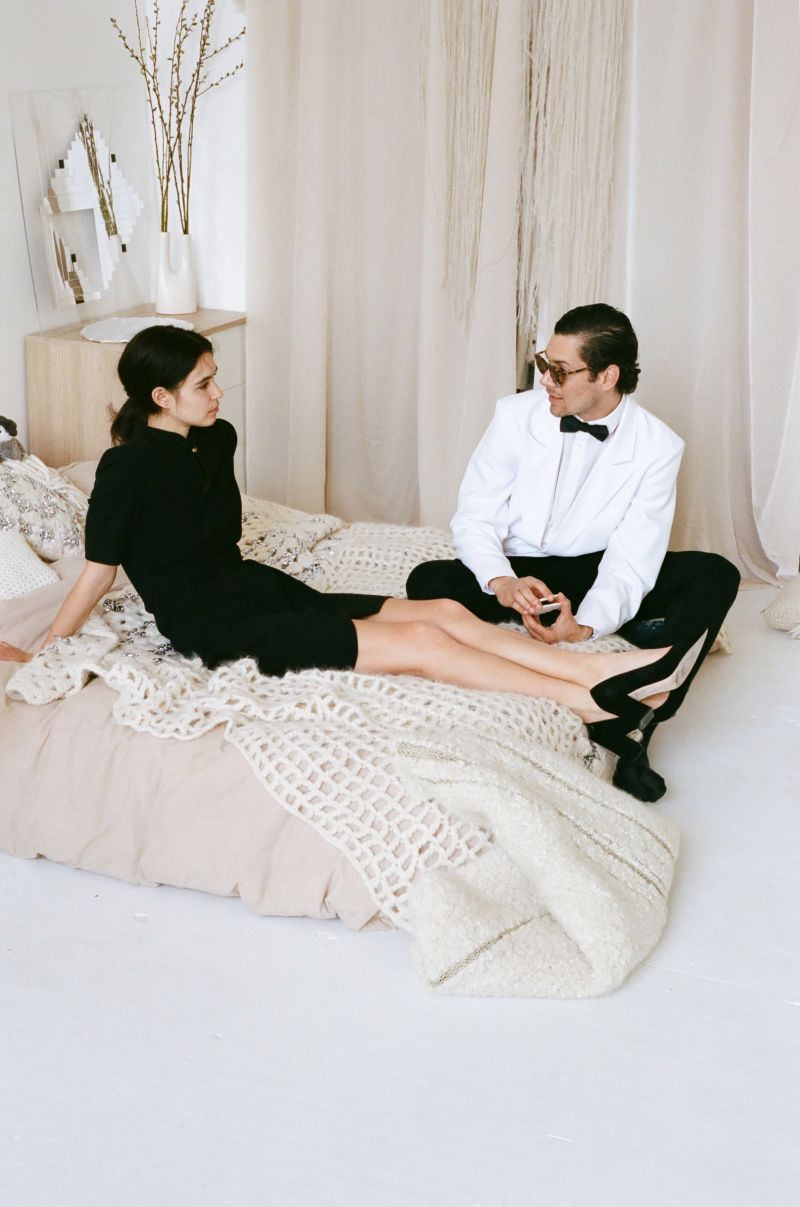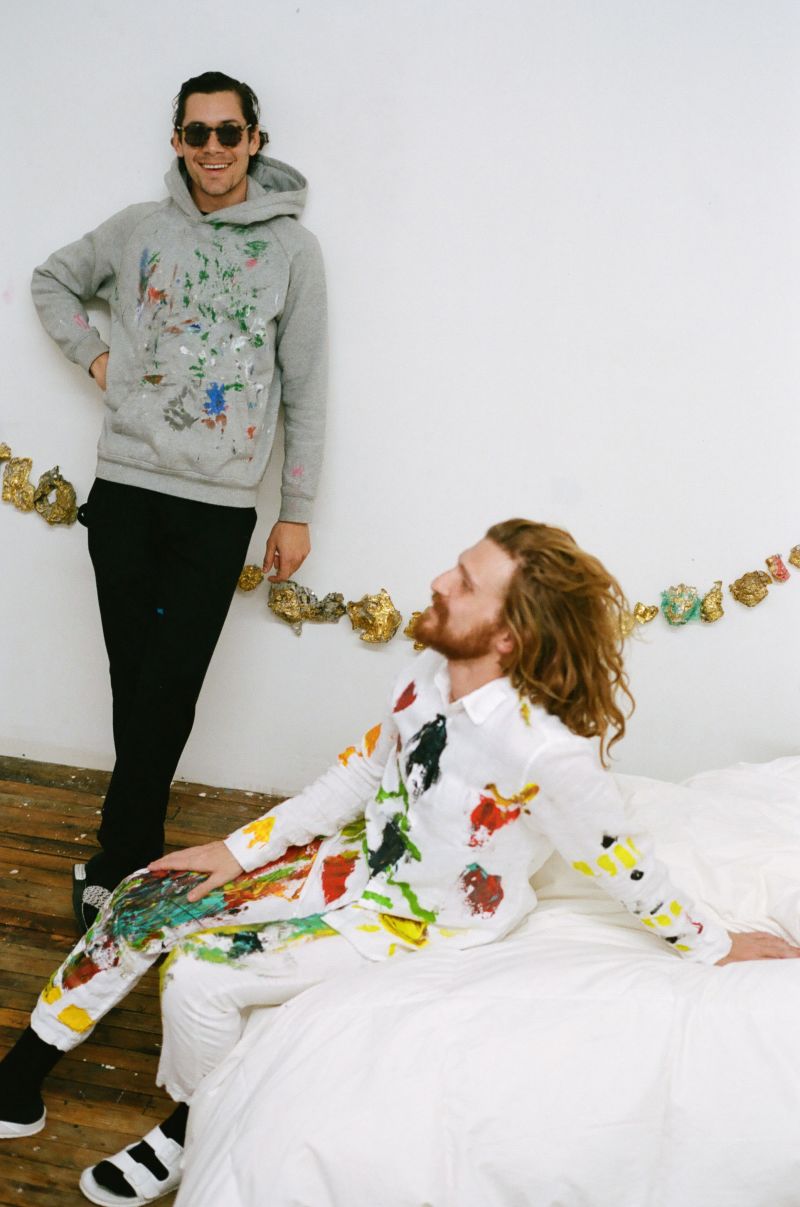I turn off a busy South Brooklyn thoroughfare and make my way past a series of auto body shops and warehouses. Moving away from the glow of family homes, I approach a nondescript entryway on a barely-trafficked street. I climb up three flights of stairs, steep and creaky, until I reach a door marked “Employees Only.” I ring the bell and hope someone can hear my call. It’s ‘craft night,’ and I have trekked here to learn crochet.
When the door opens, all I can see is plants. An enormous palm tree is bent, forced to stoop under what must be a twelve foot high ceiling. Apart from the green thicket, the open kitchen is bright white and art hangs on every wall. I trail my host, Monica Hofstadter, down a hallway so long I can’t see its end. We pass half a dozen other rooms, bedroom-studio hybrids, to get to hers.
In Hofstadter’s space, a dozen or so people are perched on pillows—knitting, painting, stitching, and weaving. It’s clear some kind of communal catharsis is underway. The only directive: make something with your hands, blow off steam, hang out. Scattered among the group are three of the six other artists who live here with Hofstadter: Hannah Goff, Breno Votto, and Pedro de Silva.
The joyful, collaborative spirit of the monthly gathering replicates the everyday energy of the place, where this close-knit crew have made a life together. On any day here, materials are being traded, meals shared, and skills passed between rooms. Cross-hallway collaborations abound. It’s all part of the unofficial apartment ethos: “Be kind, be encouraging, and always know you can count on one another as friends first and foremost,” Goff explains.
It’s an arrangement that feels exceedingly rare in New York City, where most artist-friendly industrial spaces have fallen to developers, and meaningful connections are constantly thwarted by fast-paced lives.
Here, the residents discuss spontaneous collaboration, balancing boundaries, and how prioritizing relationships helps foster creativity.
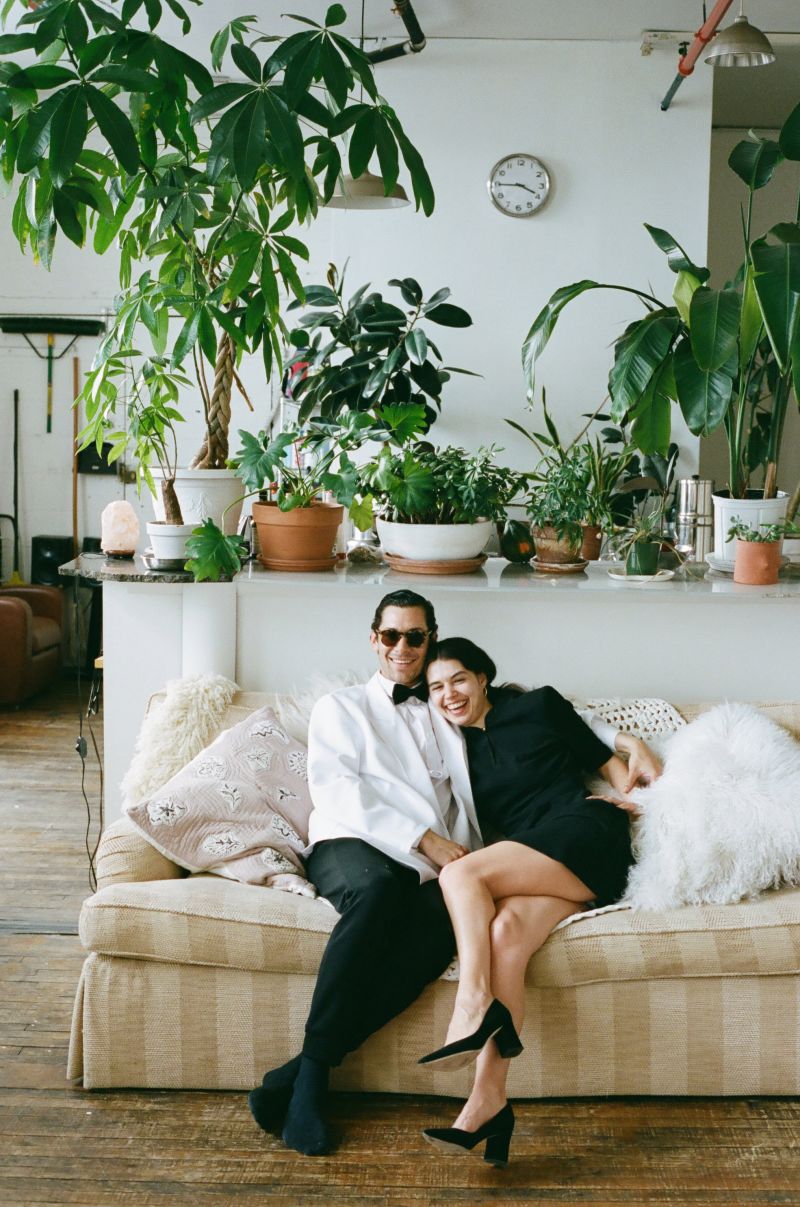
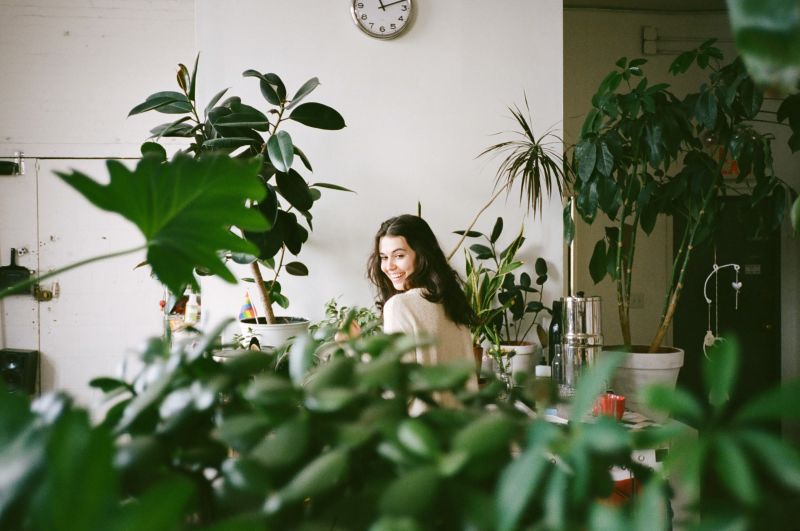
Sharing perspectives and Inspiration
Monica Hofstadter—knitwear designer, artist, and owner of Doucement studio—has been living in the loft for three years.
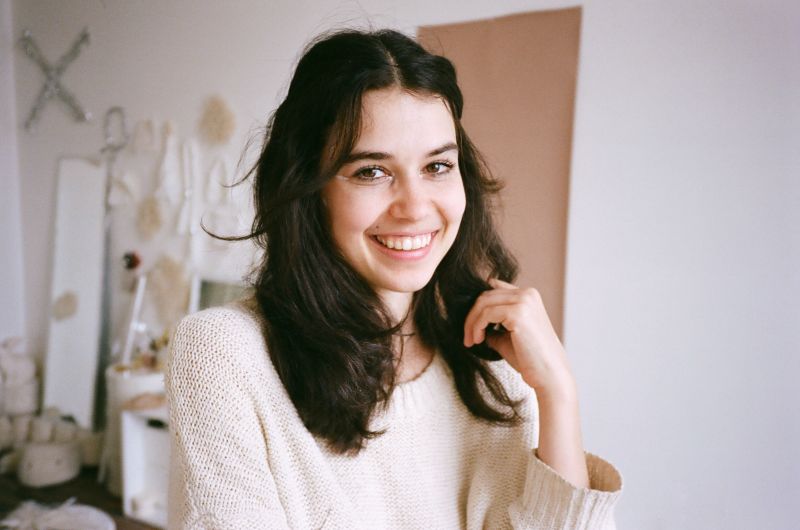
-
hofstadter
Being in this room and having this kind of space changed how I approached making things. When you have a big room, it makes you think about possibilities. When you’re in a small room, and it has low ceilings, it very much feels like a bedroom and you can’t mess up the walls. You end up feeling not so into making art. This room made me feel like I could work on art every day. I think, just because [we are] in such proximity to each other, we’re basically coworkers. I’ll be here in my ‘office’ and I’ll go over to Pedro’s cubicle and we like to give each other encouragement. Or I’ll have something I’m excited to show him. I’ll go to Hannah’s room and I’ll see what she’s doing and we’ll see big similarities in what we are inspired by. Breno is so fun to take photos with, so sometimes I ask him to go on some kind of adventure with me
this room made me feel like i could work on art everyday.
monica hofstadter
Using the Common Spaces
Hannah Goff—textile designer, artist, and owner of Ona Studio—has been living in the loft for three years.
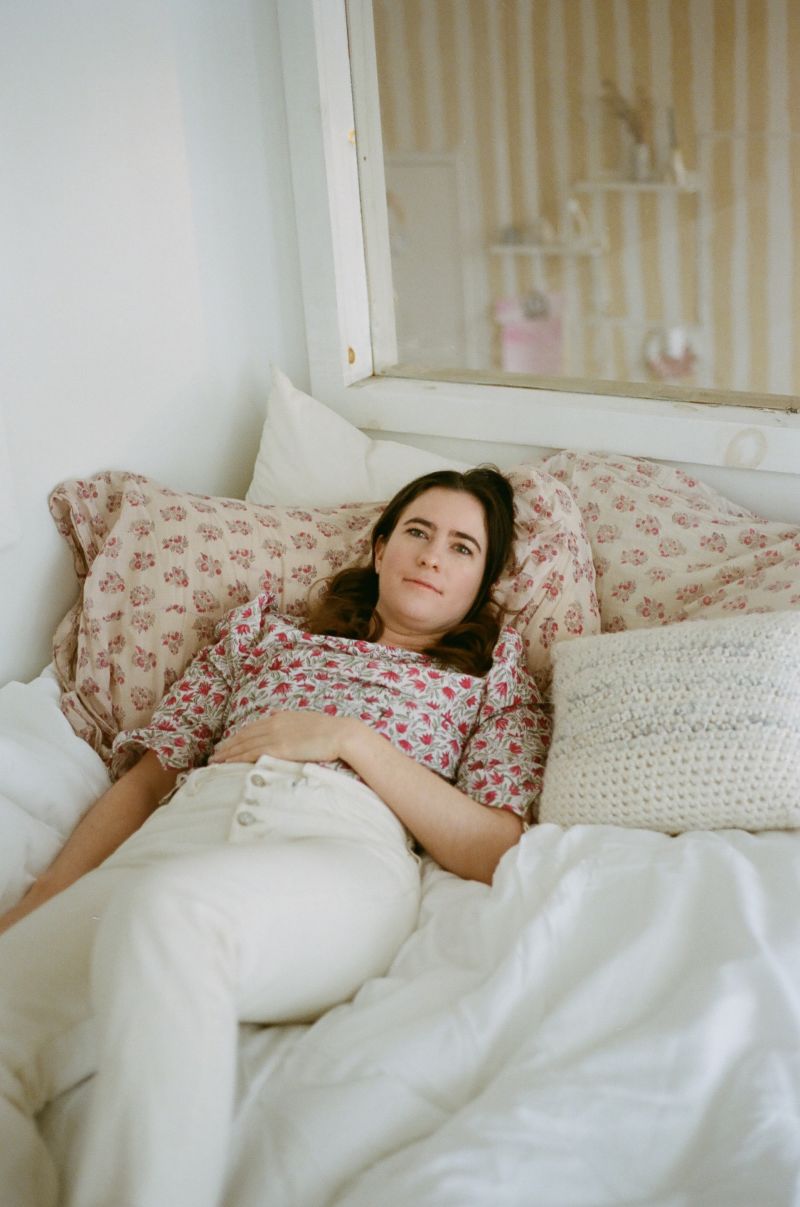
-
golf
Occasionally, and most of the time unprompted, we all will find ourselves cooking dinner together in the communal space, which has always been very minimal. It’s a nice space to relax and think because you get all the light in almost every time of day; it’s serene. We all create in our rooms, so we accumulate things and mess, so it is nice to have a clean space to retreat to and to commune in. As a single person, I could live here forever. I’ve thought about whether I want to live by myself and I think I would be lonely. I’m an extroverted introvert. I need personal space, but I also love walking out of my room and seeing a smiling face and chatting with somebody.
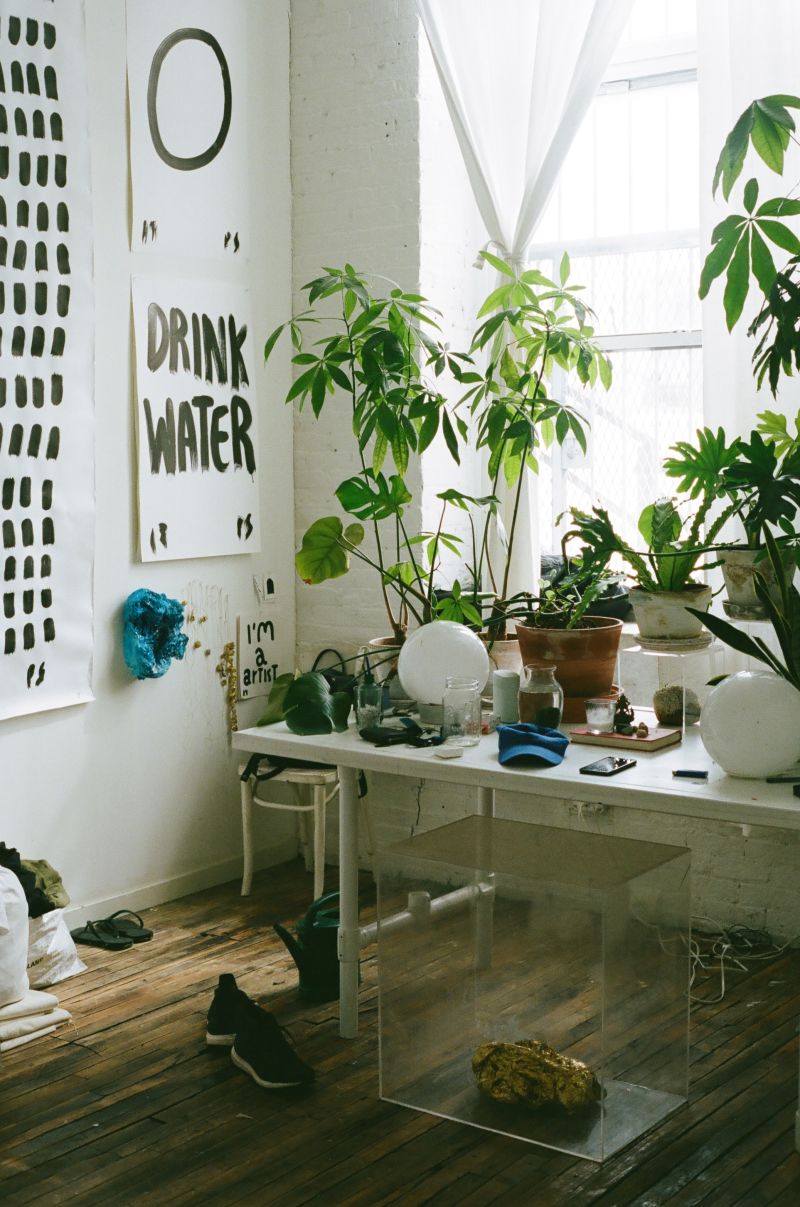
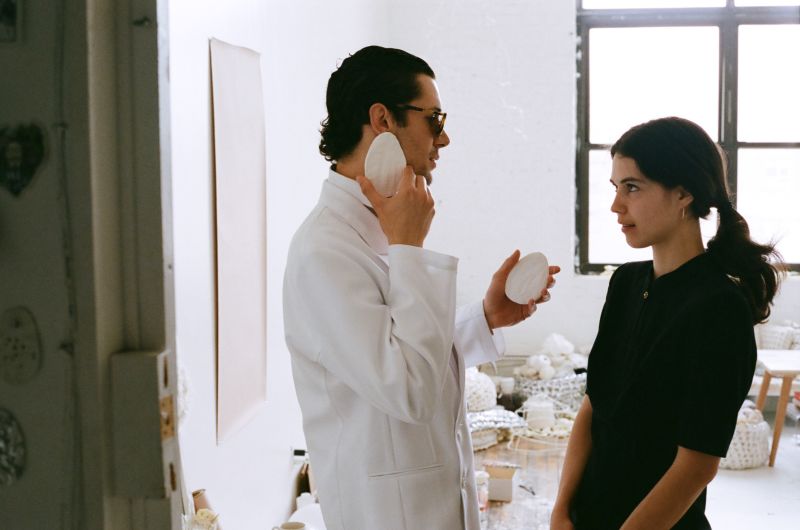
Solving Problems and Communicating
Artist, Pedro Silva, has been living in the loft for a year.
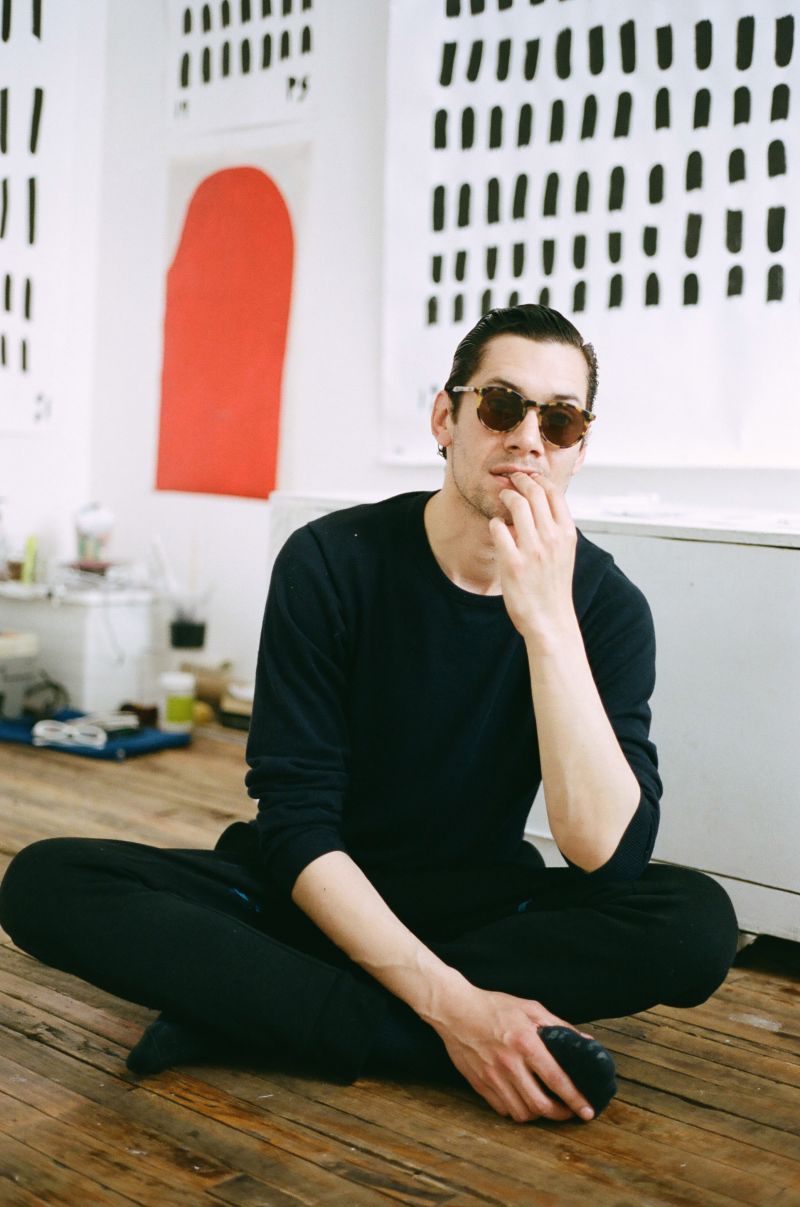
-
silva
I moved to the US at age 32 and I expected to find something totally different. I didn’t think I would live with so many people; I didn’t know that I would like it. When I came to New York, I felt like I was arriving in the place I was supposed to be. And when I came to this apartment I felt that even more. There’s always a lot of communication happening here, and we have both symbiosis and boundaries. Since I moved in a year ago, we’ve had two apartment-wide meetings. Otherwise we all communicate online. Without the internet, we would solve no problems.
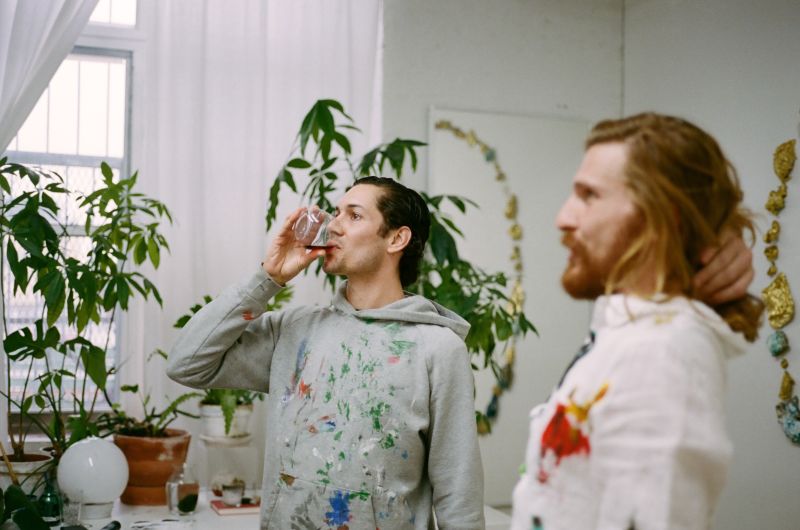
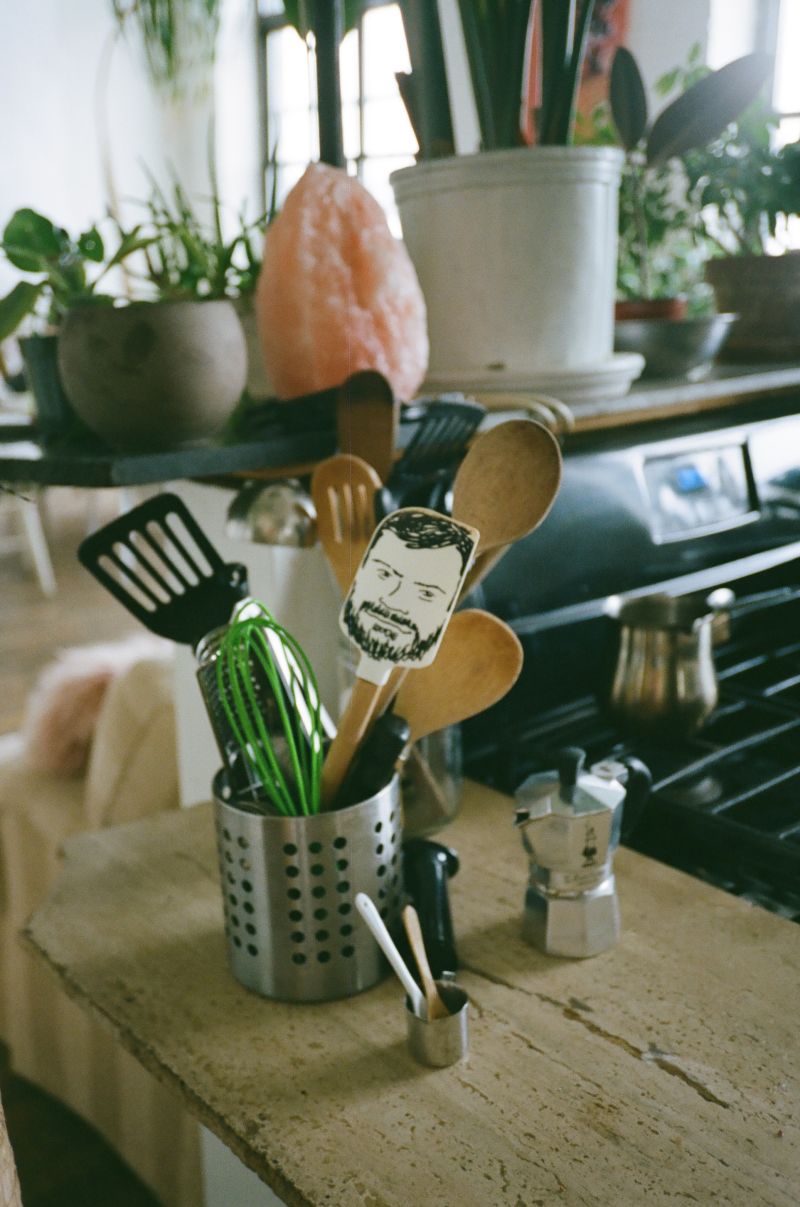
Building a Family (And the Importance of Natural Light)
Breno Votto—Brazillian fashion stylist and artist—has been living in the loft for four months.
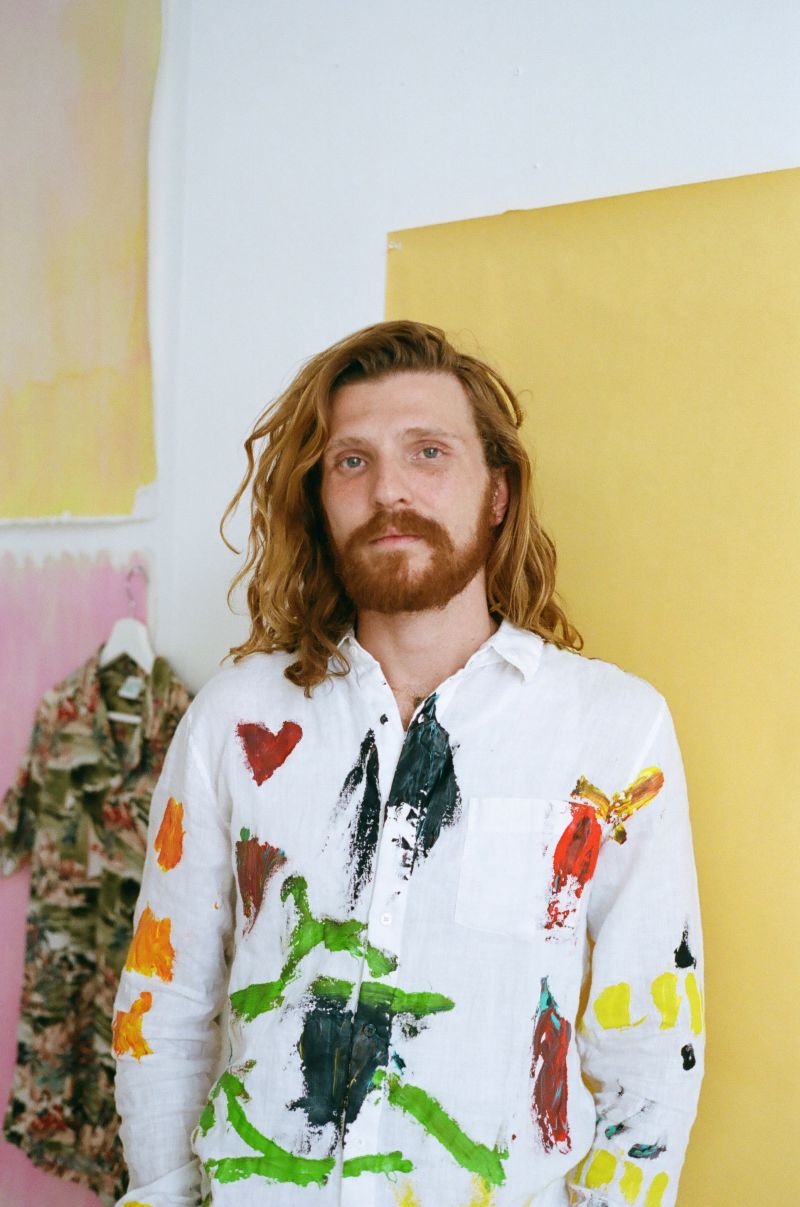
-
votto
I don’t know if they say this here, but in Brazil we say: “Your body is like your house, your home.” In other words, you’re always changing and learning and evolving. Being in this home is important to me because I get to see how each person deals with life day-by-day. Everybody supports each other, and learns from each other. We are super close; it feels like a family. To wake up in this bright room, I feel excited. When I first moved to New York, I was in an apartment with windows that were super small. Here you have space, plants, the living room with all that light.
